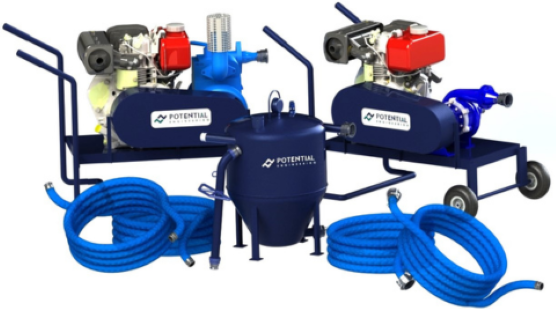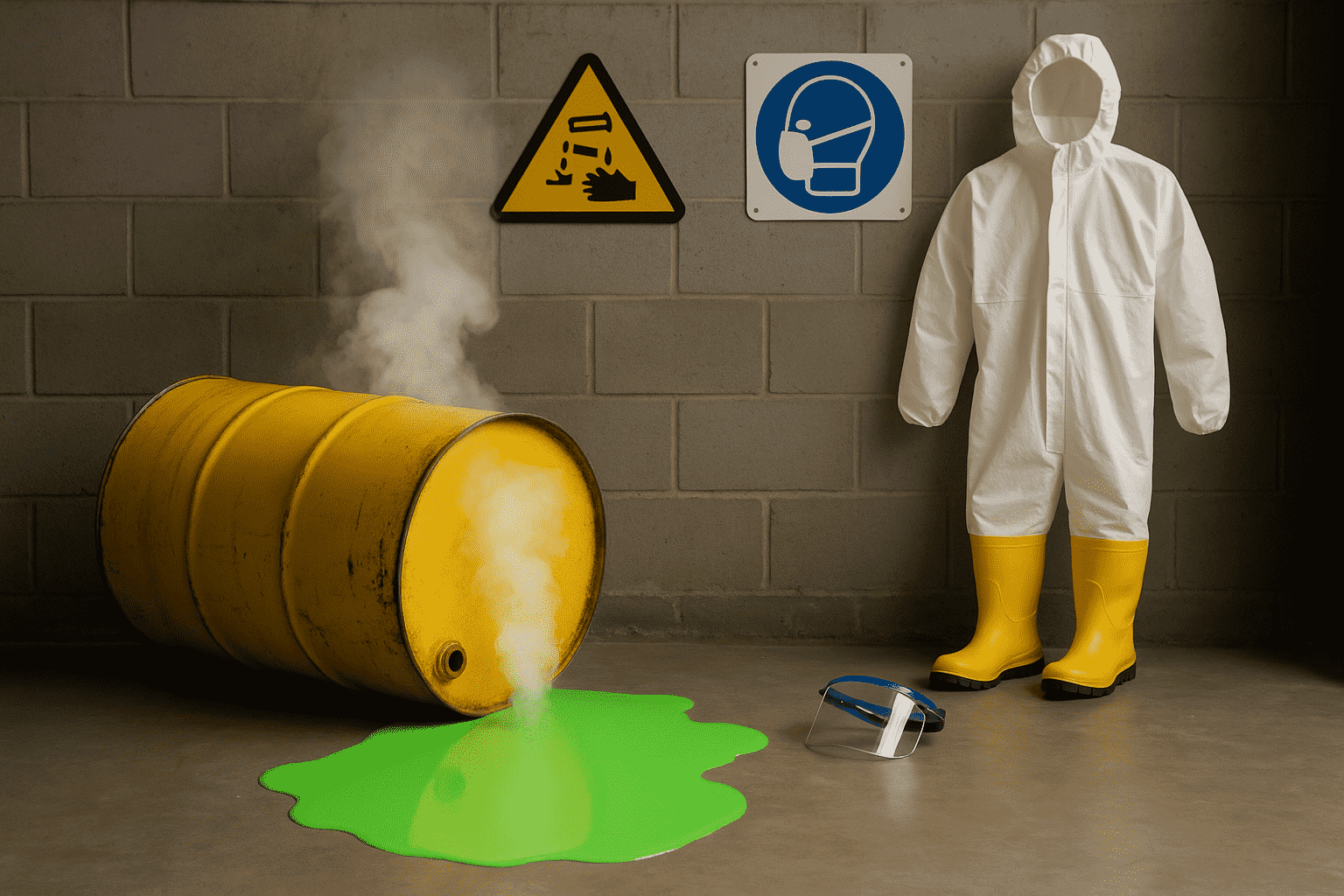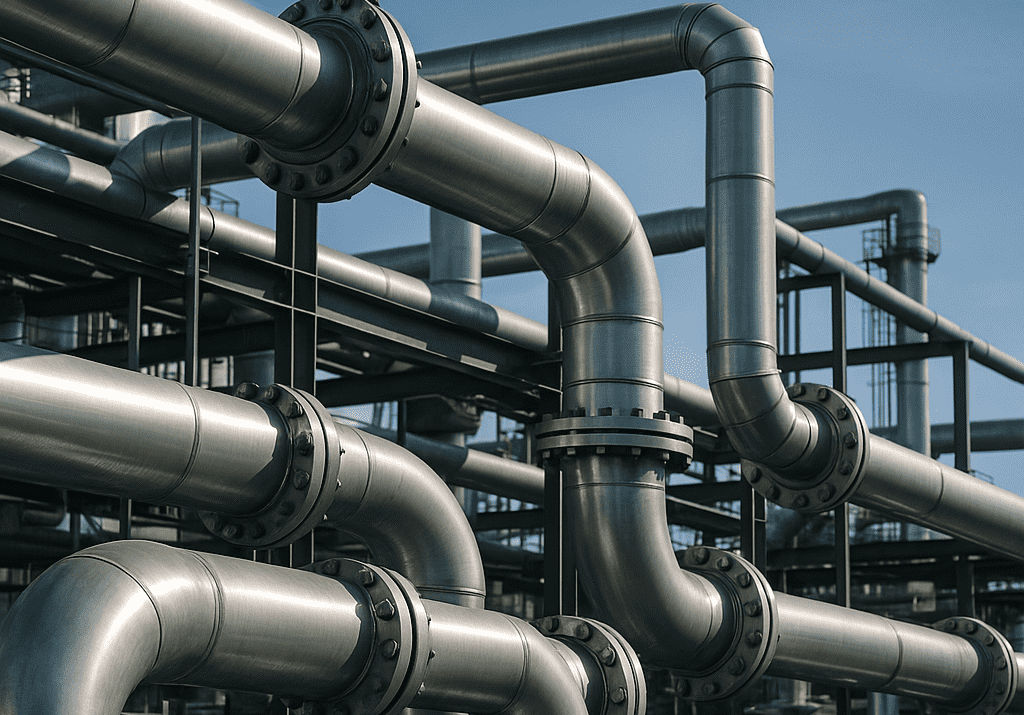Industrial Vacuum Systems: Enhancing Safety and Efficiency in Hazardous Spill Cleanups

Industrial oil spills involve hazardous materials that pose significant risks to health, safety, and the environment. Key substances include crude oil and refined petroleum products, both highly flammable and toxic, leading to severe environmental and health impacts.
Various equipment addresses industrial oil spills, including oil skimmers, vacuum systems, booms and barriers, dispersants, and personal protective equipment (PPE). Each piece of equipment is crucial for ensuring the safety of workers and the environment during oil spill cleanup operations. In this article, we will focus on industrial vacuum systems used to handle hazardous materials.
Industrial Vacuum Systems
Industrial vacuum systems for hazardous materials are specialized systems designed to safely and efficiently handle, collect, and contain hazardous substances such as dust, liquids, and chemicals. These systems are used in various industries to ensure workplace safety, protect the environment, and comply with regulatory standards.
Key Components:
- • Vacuum Pump or Blower: Generates the suction needed to draw materials into the system.
- • Intake Nozzle or Hose: Targets and collects materials, designed for specific debris types.
- • Filtration System:
- – Primary Filters: Capture larger particles.
- – Secondary Filters (HEPA or ULPA): Capture fine particles and hazardous substances.
- • Collection Chamber or Tank: Stores collected materials, designed for easy disposal.
- • Exhaust System: Ensures filtered air is safely expelled.
- • Safety Features: Include explosion-proof components, anti-static materials, and more.
Working Process:
The vacuum pump creates a low-pressure area, generating suction to draw in air and debris. The operator uses the hose or nozzle to collect materials, which are filtered through primary and secondary filters. The filtered debris is deposited in the collection chamber, and clean air is expelled, ensuring no hazardous materials re-enter the workspace. The systematic approach ensures that industrial vacuum systems can handle various tasks, including cleaning up hazardous materials, while maintaining safety and efficiency.
Industrial vacuum systems come in various configurations, each designed to meet specific operational needs. Below are some of the common types of industrial vacuum systems:
Types of Industrial Vacuum Systems
- 1. Mini Vacuum System:
- • Function: Compact, portable system for small-scale cleanups.
- • Features: Lightweight, easy to manoeuvre, and low maintenance.
- • Benefits: Ideal for quick response and minor spill incidents.
- 2. MOSRU (Mobile Oil Spill Recovery Unit):
- • Function: Mobile unit for rapid oil spill response.
- • Features: Integrated storage tanks, pumps, and filtration.
- • Benefits: Enhances efficiency in remote or offshore spill recoveries.
- 3. Trolley-Mounted Vacuum System:
- • Function: Mounted system for easy transport in industrial environments.
- • Features: Robust pump, storage tank, and filtration.
- • Benefits: Efficient cleanup in factories, warehouses, and complex layouts.
Common Features of Variants:
- • Customization: Tailored to client requirements for specific operational needs.
- • Ease of Operation: User-friendly interfaces.
- • Night Operation: Equipped for 24/7 functionality.
- • Safety: Incorporate essential safety features.
- • Mobility: High mobility for quick deployment.
- • Low Maintenance: Reliable with easily available spare parts.
- • Accessories: Provided based on specific applications.
- • Mobility: The MOSRU and Trolley-Mounted Vacuum System offer high mobility, with the MOSRU utilizing a customized truck chassis and the Trolley-Mounted system being easily transportable.
Regulations and Standards
- The use of industrial vacuums in hazardous environments is governed by several regulations and standards, including OSHA, ATEX, EPA, ISO, CPCB, NDMA guidelines, and BIS, ensuring the safety and proper handling of hazardous materials.
- Industrial vacuum systems minimize risk through advanced safety features, effective filtration, corrosion-resistant construction, and protective measures. Adherence to safety standards ensures hazardous materials are safely contained and removed, significantly reducing risks to workers, the public, and the environment.
Industrial vacuum systems are essential for managing hazardous materials during oil spill cleanups. These systems enhance operational efficiency and significantly mitigate the risks associated with handling hazardous materials. As industries increasingly prioritize safety and environmental responsibility, the role of industrial vacuum systems will remain crucial in safeguarding ecosystems and communities.
Frequently Asked Questions (FAQs)
Q.1 What is the importance of rapid response in the treatment of oil spills?
A. Rapid response in oil spill treatment minimizes environmental damage, protects marine life, and ensures efficient cleanup, preventing long-term ecological harm.
Q.2 How effective are oil spill vacuums in cleaning up different types of oil spills?
A. Oil spill vacuums are highly effective in cleaning up various oil spill types, providing efficient recovery of spilled oil and debris.





